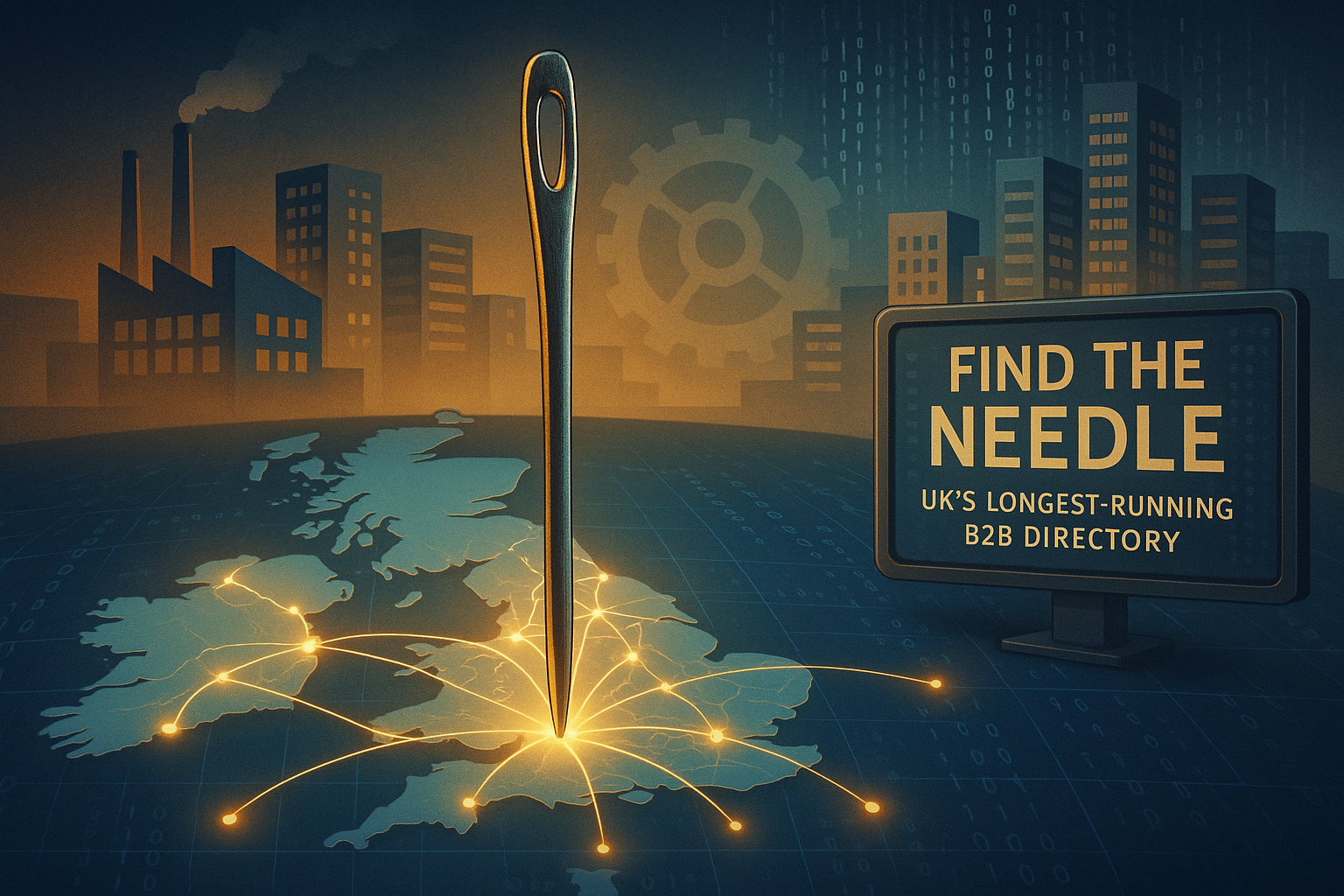Exploring the Benefits of SAP Remote Desktop Solutions for Modern Businesses
- 20 Jan 2025
- Articles
Organisations require flexible and efficient ways to manage operations. The demand for seamless access to business applications has surged, particularly following the pandemic. Access to essential tools is integral to daily activities. Companies recognise the value of solutions that facilitate remote connectivity to critical systems.
Remote desktop solutions have transformed business functions, enabling employees to access essential applications anywhere. This flexibility empowers teams to collaborate effectively, respond swiftly to client needs, and maintain productivity regardless of their physical location. For small and medium-sized businesses (SMBs), these solutions provide an affordable way to enhance operational capabilities without significant investments in infrastructure.
Enhanced Accessibility and Flexibility
Remote desktop solutions offer enhanced accessibility, allowing employees to work from home, on the road, or anywhere with internet access. This flexibility lets sales teams access customer information and management tools while visiting clients, leading to more informed interactions and quicker decision-making.
This capability boosts employee satisfaction and drives productivity. Employees can respond to tasks and customer inquiries in real-time, ensuring business operations run smoothly. It also facilitates a healthier work-life balance, as staff can customize their work environments to suit their needs, increasing retention rates.
Integrating such solutions can significantly benefit organisations by providing tools to adapt quickly to changing work environments, maintaining continuity and efficiency. As businesses adapt, remaining agile is critical for sustaining growth and competitiveness.
Improved Security Measures
Security is a primary concern for businesses, especially those handling sensitive data. Implementing robust security measures within remote desktop solutions is essential for safeguarding information. Advanced solutions offer encryption, multi-factor authentication, and detailed access controls to protect against unauthorized access.
Using secure connections ensures that data remains confidential, even when accessed remotely. This is crucial in industries where data breaches can have serious repercussions. Monitoring and controlling who accesses certain applications adds an extra layer of security while allowing businesses to comply with regulations and industry standards.
Regular updates and monitoring can help identify vulnerabilities before they escalate. By prioritising security in their remote access strategies, businesses protect their assets while building trust with clients and stakeholders. Integrating remote access for SAP solutions can enhance security measures and protect sensitive data.
Cost-Effective Solutions
Cost considerations are vital for SMBs, which often operate on tight budgets. Remote desktop solutions can provide a cost-effective alternative to traditional on-premise infrastructure. By minimising the need for extensive hardware investments and reducing maintenance costs, organisations can allocate resources more effectively.
Cloud-based solutions require minimal upfront investment and can scale as necessary, enabling companies to avoid costs associated with physical servers—such as maintenance and energy consumption. Many providers offer flexible pricing models, allowing organisations to pay only for what they use.
By streamlining processes and improving efficiency, these solutions can lead to significant savings in operational costs. Companies can also reduce expenses related to on-site support since remote assistance tools allow IT teams to troubleshoot issues from anywhere, minimising downtime.
Enhancing Collaboration and Communication
Effective collaboration is essential for any successful business, and remote desktop solutions facilitate teamwork. By enabling access to shared applications, teams can work together seamlessly, regardless of location. This capability benefits organisations with employees across different regions or those adopting hybrid work models.
Project teams can collaborate on documents, share screens during virtual meetings, and access resources in real time, ensuring everyone is aligned. Enhanced communication tools integrated within these solutions allow teams to discuss ideas, provide feedback, and troubleshoot issues collectively.
Such solutions foster a culture of transparency and engagement, allowing all team members to access the same information and contribute equally, regardless of their physical presence. By creating an environment that prioritises collaboration, organisations can harness the collective intelligence of their workforce, leading to more innovative solutions and improved business outcomes.
Supporting Business Continuity
Implementing remote desktop solutions is vital for maintaining business continuity. When employees cannot physically access their workplaces—such as during natural disasters or health crises—these solutions enable uninterrupted access to essential applications.
This capability allows businesses to resume operations quickly, ensuring client needs are still met and projects progress. Additionally, remote desktop solutions support flexible work arrangements, allowing organisations to adapt to changing circumstances without significant disruptions.
Incorporating these solutions as part of a comprehensive business continuity strategy enhances resilience. By preparing for potential disruptions and ensuring staff can operate effectively from any location, organisations safeguard productivity and maintain service levels.
Scalability for Growth
Remote desktop solutions offer scalability. As businesses grow, their operational needs change, requiring flexible solutions that adapt to the evolving demands. Remote desktop infrastructure can easily scale up or down, allowing businesses to add or remove users and resources as necessary.
This adaptability is particularly important for SMBs that may experience fluctuations in demand or aim to expand into new markets. Companies can onboard new employees quickly, providing immediate access to the necessary tools without lengthy installation processes.
Furthermore, as organisations explore expansion opportunities, remote desktop solutions allow for the seamless integration of new software and applications. This scalability helps businesses respond to market trends and customer demands, positioning them for sustainable growth. By investing in scalable solutions, companies can future-proof their operations and ensure they are well-equipped for ongoing success.
Simplifying IT Management
Managing IT infrastructure can be complex, particularly for companies with limited resources. Remote desktop solutions simplify management by centralising control over applications and data. IT teams can monitor and manage remote access from a single platform, streamlining operations and reducing administrative burdens.
Centralised management allows easy updates and security patches, ensuring all users can access the latest features and protections. Additionally, remote desktop solutions provide valuable insights into user behaviour, helping IT teams identify trends and troubleshoot issues proactively.
Organisations can focus more on strategic initiatives than routine maintenance tasks by simplifying IT management. This efficiency leads to better resource allocation and enhanced overall performance.
Streamlining Training and Onboarding
Training and onboarding new employees can be time-consuming and resource-intensive. Remote desktop solutions streamline these processes by providing immediate access to necessary applications and resources. New hires can quickly familiarise themselves with company systems, reducing the time it takes to become fully productive.
Moreover, these solutions facilitate seamless access to training materials, enabling new employees to learn at their own pace. This flexibility allows organisations to tailor training programmes to meet individual needs while ensuring consistency in the information provided.
By simplifying the onboarding process, companies enhance employee satisfaction and retention, as new hires feel supported and equipped to contribute effectively. This positive experience can have long-lasting effects on company culture and overall productivity.
Fostering Innovation through Accessibility
Remote desktop solutions foster innovation by providing teams with the tools to explore new ideas and approaches. Easy access to applications and shared resources enables employees to collaborate on projects and experiment without the constraints of traditional work environments.
By empowering employees to work together from various locations, organisations encourage diverse perspectives and creative problem-solving. This culture of innovation can lead to the development of new products, services, and processes that drive competitive advantage.
In an era where adaptability and ingenuity are crucial for success, remote desktop solutions provide the necessary infrastructure for organisations to thrive. Embracing these technologies positions businesses at the forefront of their industries, ready to tackle challenges and seize opportunities as they arise.








